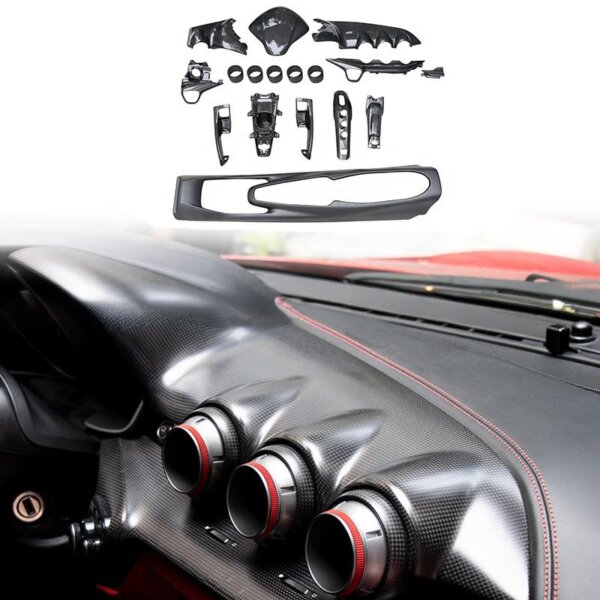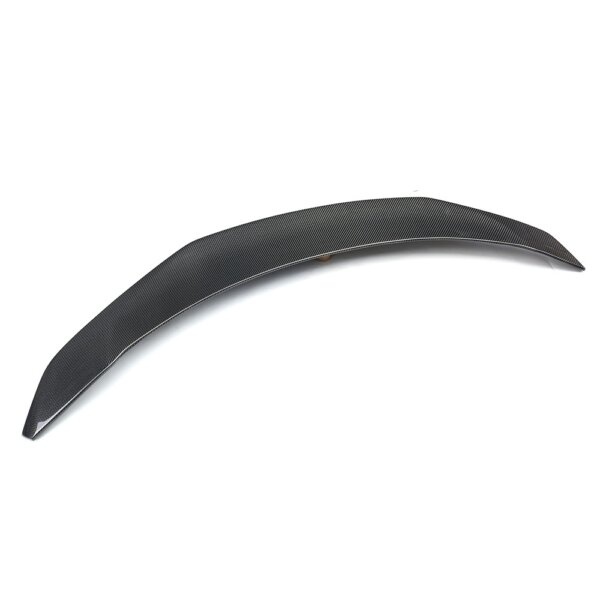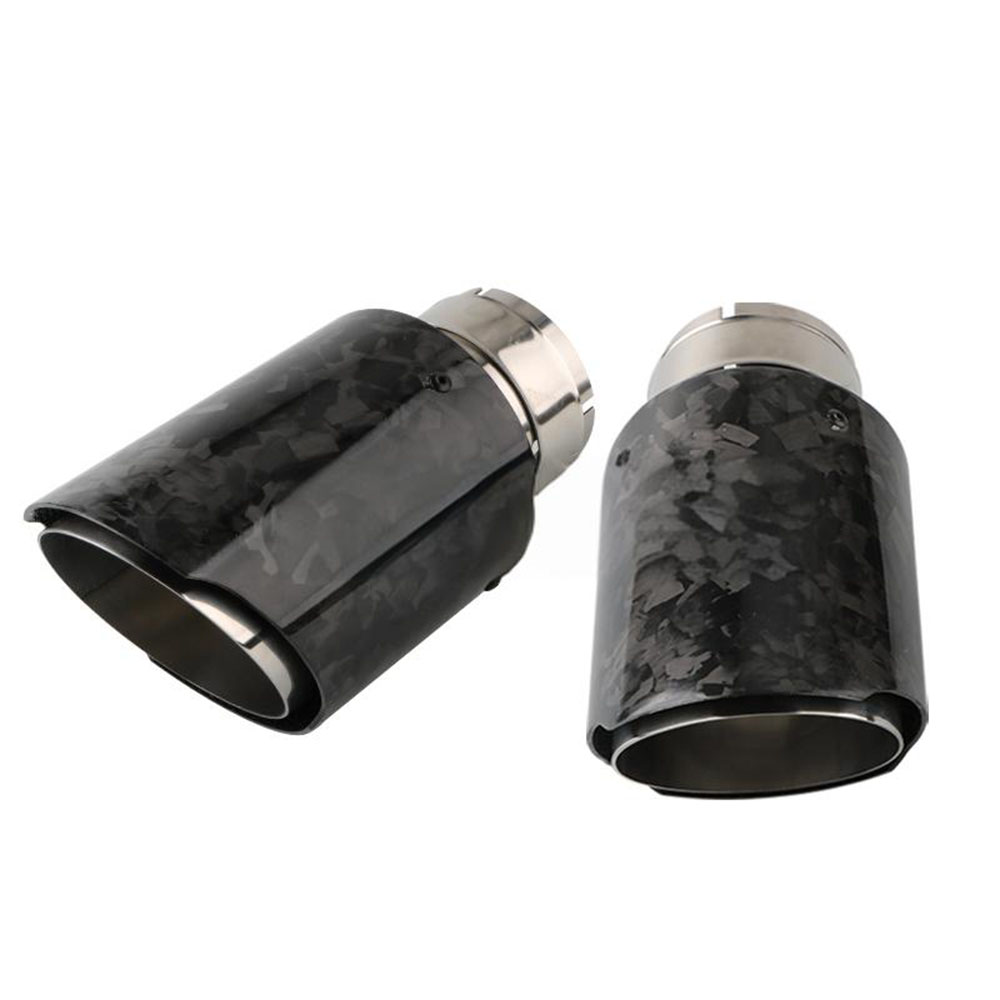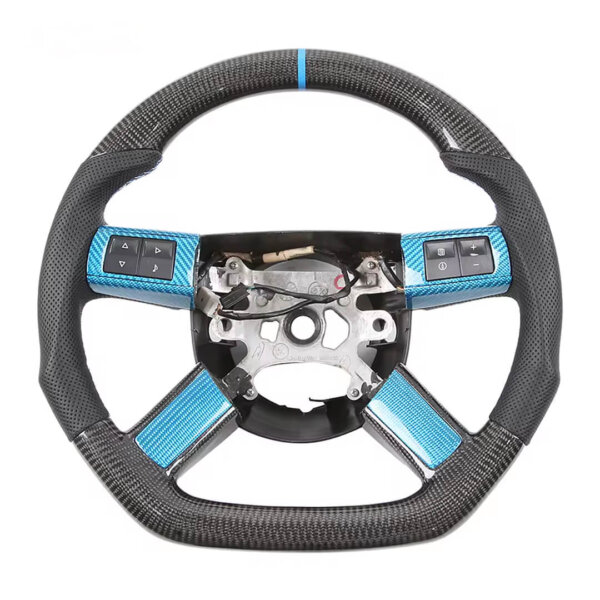
Dry Carbon Fiber vs Wet Carbon: Ultimate Comparison Guide
What Is Dry Carbon Fiber?
Dry carbon is also called prepreg carbon. Here’s what makes it special:
- It has carbon cloth that comes with resin already in it
- The resin is put in at a factory
- It needs a big machine called an autoclave to make it hard
- The autoclave uses heat and pressure
- It gets very hot (over 250°F)
- It looks shiny when done
- You can see the weave pattern very well
When you see a shiny car part that shows the carbon weave, it might be dry carbon!
What Is Wet Carbon Fiber?
Wet carbon is made a different way:
- People put liquid resin on dry carbon cloth by hand
- This is called hand layup
- It can be done in a small shop
- It uses a vacuum bag to squeeze out extra resin
- It can get hard at room temp
- It often looks more dull
- The weave might not show as well
Wet carbon is how many shops make custom parts.
Big Differences: Dry vs Wet Carbon
Let’s see how they are different:
| What We Compare | Dry Carbon | Wet Carbon |
|---|---|---|
| Weight | Very light | Heavier |
| Strength | Very strong | Less strong |
| Look | Very shiny | More dull |
| Cost | Very expensive | Less expensive |
| Making it | Needs big machines | Can make at home |
| Parts it makes | Race car parts | Custom projects |
Weight: Why Dry Carbon Is Lighter
Dry carbon parts weigh much less. This is very important for:
- Race cars
- Planes
- Bikes
- Drones
A car hood made from dry carbon weighs about 8 kg. The same hood in wet carbon weighs 13 kg. That’s 5 kg more!
When you want to go fast, every gram counts!
Strength: Which One Is Tougher?
Dry carbon is stronger because:
- The resin is spread evenly
- There are no air bubbles
- The fibers line up better
- The autoclave makes it very compact
After many years in the sun and rain, dry carbon keeps 75-85% of its strength. Wet carbon only keeps 67-73%.
This means dry carbon is better for:
- Car parts that must be safe
- Airplane parts
- Racing parts that take big hits
How They Look: Shiny vs Dull
Dry carbon has a perfect look:
- Very shiny surface
- Clear weave pattern
- No bumps or waves
Wet carbon doesn’t look as nice:
- More dull finish
- Might have bumpy spots
- Can show resin pools
- Needs more sanding
If you want parts to show off, dry carbon looks best!
Cost: Why Is Dry Carbon So Expensive?
Dry carbon costs 4-5 times more than wet carbon! Here’s why:
- Prepreg sheets cost more
- Must be kept cold until use
- Needs big autoclave machines
- These machines cost over $100,000
- Needs special molds
- Takes trained workers
A hood made from dry carbon might cost $2,000, while a wet carbon one might be $500.
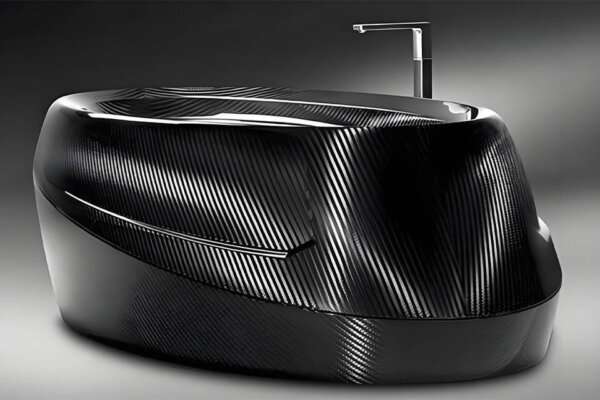
When To Use Dry Carbon: 5 Good Times
Dry carbon is best for:
- Race car parts like spoilers, hoods, and fenders
- Airplane parts that must be light
- Bike frames for racing
- Show car parts you want to look nice
- Parts that stay in the sun for a long time
If you see carbon fiber in F1 racing, it’s almost always dry carbon!
When To Use Wet Carbon: 5 Good Times
Wet carbon works well for:
- DIY projects at home
- Custom shapes that are hard to make
- Parts that go inside cars where you don’t see them
- Prototypes when testing ideas
- Budget builds for track day cars
Many shops use wet carbon for making one-of-a-kind parts.
Making Process: How They Get Made
How Dry Carbon Is Made:
- Prepreg sheets come from a factory
- Workers cut the sheets to fit molds
- They stack many layers
- They wrap it all in special film
- They put it in the autoclave
- The autoclave heats up to over 250°F
- It also adds pressure (like 6 car tires on every inch!)
- After many hours, the part comes out
- Workers trim the edges
- The part is done and perfect!
How Wet Carbon Is Made:
- Workers cut dry carbon fabric
- They mix resin and hardener
- They put the fabric in a mold
- They add the resin by hand with brushes
- They use rollers to push out air bubbles
- They put on a vacuum bag
- The vacuum pump sucks out extra resin
- The part cures (gets hard) at room temp or in a warm oven
- Workers take it out and sand it
- They add clear coat to make it look better
Real World Test: How Long Do They Last?
Scientists tested both types in tough conditions:
- After 12 years in salt water, dry carbon kept 85% of its strength
- Wet carbon kept less than 60%
For cars left outside:
- Dry carbon parts look good for 10-15 years
- Wet carbon parts start to look bad after 3-7 years
This is why race teams and car makers pick dry carbon for important parts!
Parts You See in Dry Carbon
These parts are often made from dry carbon:
- Hoods to make cars lighter
- Spoilers for race cars
- Front lips on sports cars
- Side skirts on race cars
- Rear diffusers that help air flow
- Mirror caps that look cool
- Roof panels to lower weight
- Steering wheels in race cars
Parts Often Made With Wet Carbon
These are usually made with wet carbon:
- Heel guards for motorcycles
- Belly pans under cars
- Sprocket covers on bikes
- Fairings for custom bikes
- Interior trim pieces
- Prototypes when testing new ideas
- Custom brackets for holding parts
- Heat shields to block engine heat
What Car Makers Use
Big car makers like Ferrari, Lamborghini, and McLaren use dry carbon for their best cars. They use it for:
- Body panels
- Chassis parts
- Interior pieces
Small shops that make aftermarket parts often use wet carbon because it’s cheaper and they can make custom shapes more easily.
Myths About Carbon Fiber
Let’s fix some wrong ideas:
Myth 1: “Dry carbon is always stronger”
Truth: Well-made wet carbon can be strong too, but not quite as strong as dry carbon.
Myth 2: “Wet carbon is fake carbon”
Truth: Both use real carbon fiber! They just use different ways to make parts.
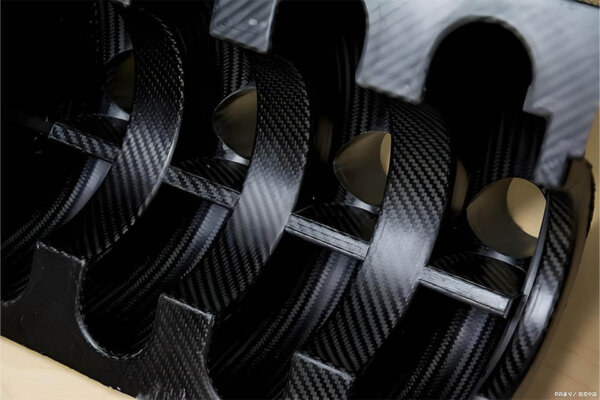
Myth 3: “All shiny carbon is dry carbon“
Truth: Wet carbon with good clear coat can look shiny too! You need to look closer to tell.
How To Tell Them Apart
Want to know if a part is dry or wet carbon? Look for these clues:
Dry Carbon Signs:
- Very clear weave pattern
- Even shine all over
- Very thin edges
- Lightweight feel
- Higher price tag
Wet Carbon Signs:
- More wavy look
- Some dull spots
- Thicker edges
- Heavier feel
- More affordable price
Cost vs Value: Is Dry Carbon Worth It?
Let’s think about if the extra cost is worth it:
For a race car where every pound matters:
- YES – the weight saving helps you go faster
For a show car that just looks cool:
- MAYBE – it looks better but costs much more
For a daily driver car:
- NO – the cost is too high for normal driving
For DIY projects:
- NO – wet carbon is much easier to work with
Real Numbers: Dry vs Wet Carbon
Let’s look at some tests and numbers:
- Dry carbon absorbs 2.2% water, while wet carbon absorbs 7.5%
- A dry carbon hood weighs 8 kg vs 13 kg for wet carbon
- After 2 million stress cycles, dry carbon keeps 90% of its strength
- Wet carbon loses much more strength over time
These numbers show why race teams pick dry carbon even though it costs more!
Tools Needed For Each Type
To make dry carbon parts, you need:
- An autoclave (very expensive!)
- Vacuum pumps
- Freezers for storing prepreg
- Special molds that can take high heat
- Temperature controls
To make wet carbon parts, you need:
- Molds (can be simpler)
- Vacuum pump (not as strong)
- Brushes and rollers
- Mixing cups for resin
- Scissors for cutting fabric
This is why many small shops use the wet method!
Special Uses For Each Type
Dry Carbon Special Uses:
- F1 race car parts
- Spacecraft pieces
- High-end bicycle frames
- Prosthetic limbs that must be strong
- Drone bodies for racing
Wet Carbon Special Uses:
- Custom car body kits
- Movie props
- Art pieces
- Boat repairs
- Furniture with carbon look
Famous Brands That Use Each Type
Dry Carbon Brands:
- Koenigsegg (super cars)
- Boeing (planes)
- SpaceX (rockets)
- Specialized (bikes)
- Ferrari (race cars)
Wet Carbon Brands:
- Many aftermarket car part makers
- Custom motorcycle builders
- DIY kit sellers
- Small boat builders
- Hobby drone makers
Care Tips: Making Your Carbon Last
For Dry Carbon:
- Wash with mild soap
- Use UV protectant
- Don’t leave in hot sun for too long
- Be careful not to scratch it
For Wet Carbon:
- Add clear coat every few years
- Keep out of sun when possible
- Use wax to protect the finish
- Check for cracks often
DIY: Can You Make These At Home?
Can you make these yourself? Let’s see:
Dry Carbon at home:
- NO – you need an autoclave
- These cost more than a new car!
- You need special training
Wet Carbon at home:
- YES – many people do this
- You need about $500 in tools
- You can learn from videos
- Start with small parts first
This is why wet carbon is popular with DIY fans!
Who Should Use Dry Carbon?
Dry carbon is best for:
- Pro race teams
- Car makers
- Aerospace companies
- People who need the lightest parts
- Those who want the best look
- Folks with big budgets
Who Should Use Wet Carbon?
Wet carbon is best for:
- DIY builders
- Small shops
- People making one-off parts
- Those on a budget
- Hobby projects
- Learning how to work with carbon
Final Thoughts: Picking The Right Carbon
When you pick between dry carbon and wet carbon, think about:
- How much money you can spend
- How light the part needs to be
- If the part needs to be very strong
- How nice it needs to look
- If you’re making it yourself or buying it
Remember:
- Dry carbon = lighter, stronger, prettier, expensive
- Wet carbon = heavier, less strong, good enough, affordable
Both types are real carbon fiber! They just serve different needs.
Quick Questions and Answers
Q: Can I paint dry carbon? A: Yes, but why would you? The weave is so pretty!
Q: Is wet carbon heavier? A: Yes, about 30% heavier because it has more resin.
Q: Why does dry carbon cost so much? A: The autoclave machines cost a lot, and the prepreg material is expensive.
Q: Can wet carbon look glossy? A: Yes, with good clear coat, but it won’t last as long.
Q: Which is better for a race car? A: Dry carbon is better if you can afford it.
Q: Can I fix a broken carbon part? A: It’s hard to fix both types, but wet carbon is a bit easier.
Now you know all about dry carbon and wet carbon! Pick the right one for your next project!

